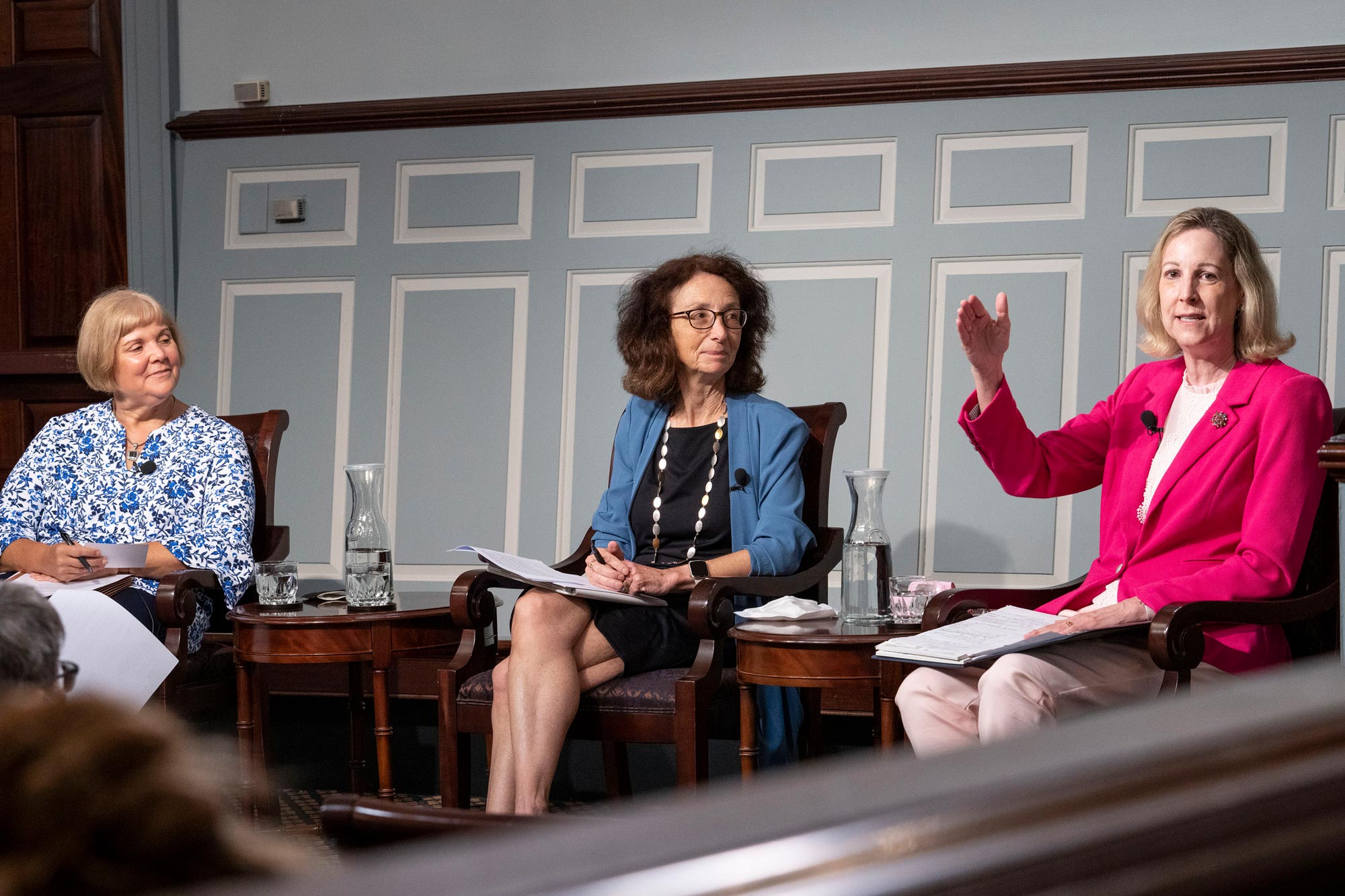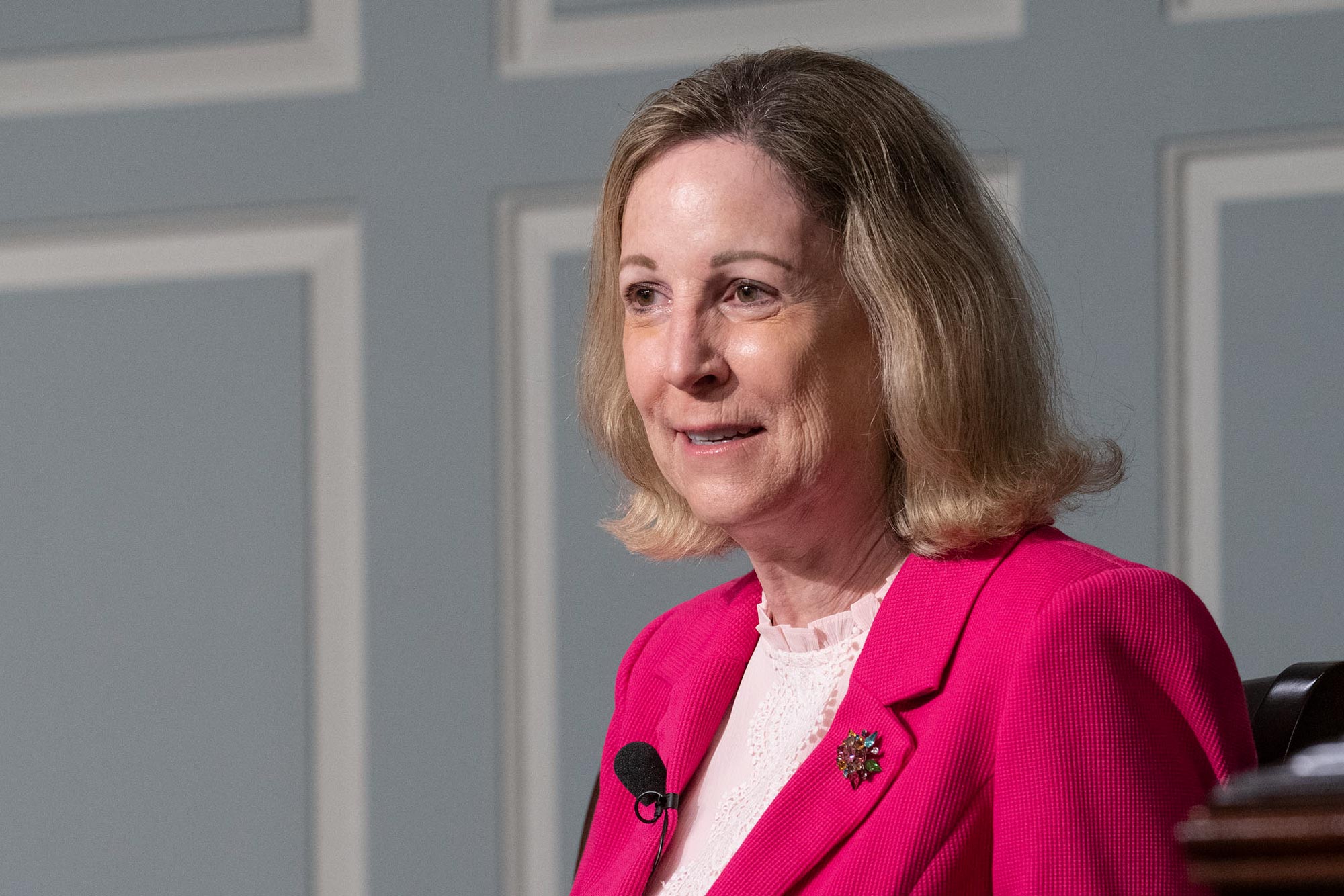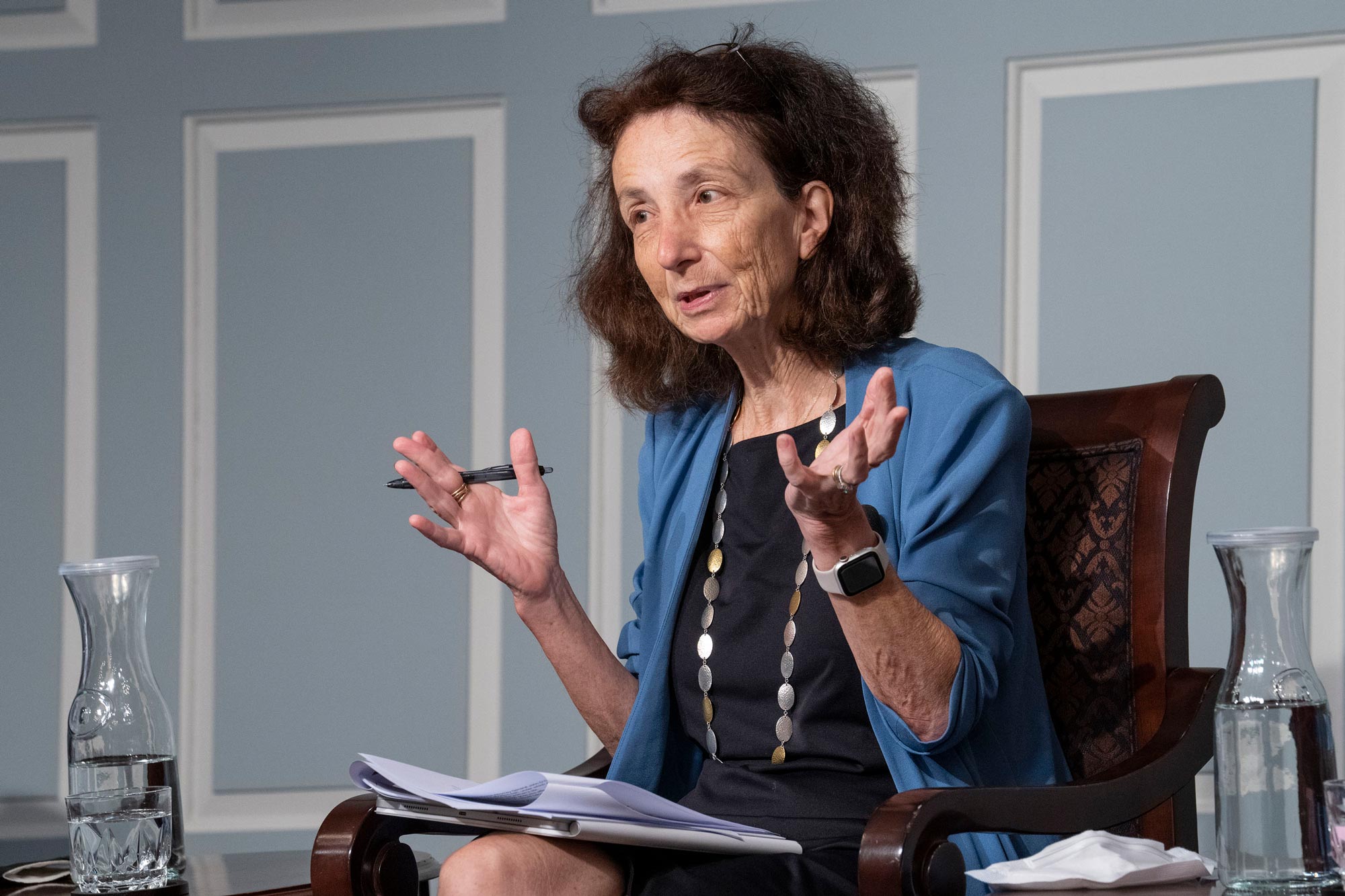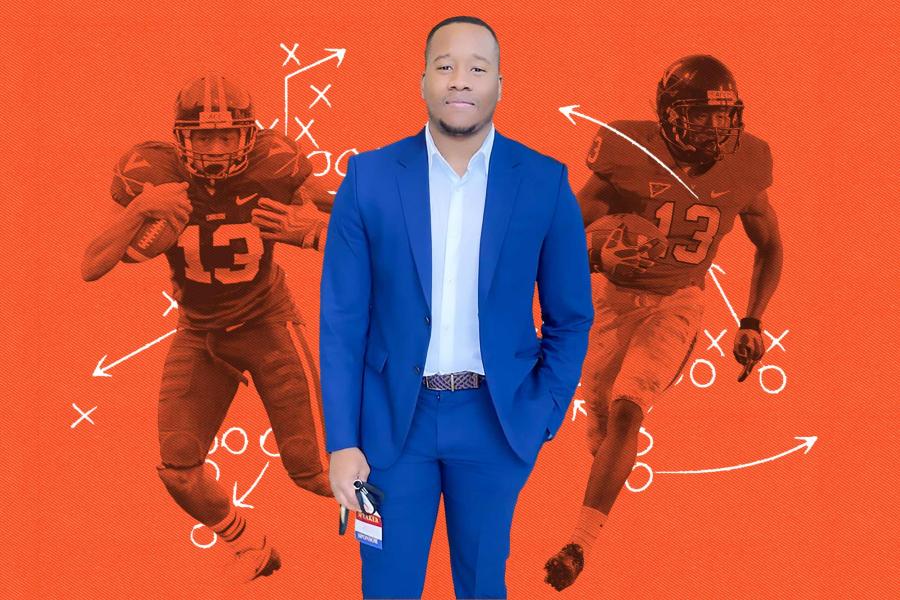Three months after the historic Supreme Court ruling in Dobbs v. Jackson Women’s Health Organization, which overturned Roe v. Wade and paved the way for new state-level restrictions on abortion, the University of Virginia’s Miller Center of Public Affairs and Frank Batten School of Leadership and Public Policy on Thursday co-sponsored a panel discussion on the altered abortion landscape.
The hourlong examination – conducted by Barbara Perry, the director of presidential studies at the Miller Center, and UVA law professors Naomi Cahn and Margaret Foster Riley – delved into the series of events that led to the June 24 ruling and what the future could hold for reproductive health rights.
The purpose of Thursday’s event, as Miller Center Director and CEO William Antholis noted before clearing the stage for the panelists, was not to discuss the political or moral foundations of the abortion debate, but rather to “look at the foundational issues that the Dobbs decision tried to address and try to present a foundational mapping of the decision, its legal implications and its policy implications.”





